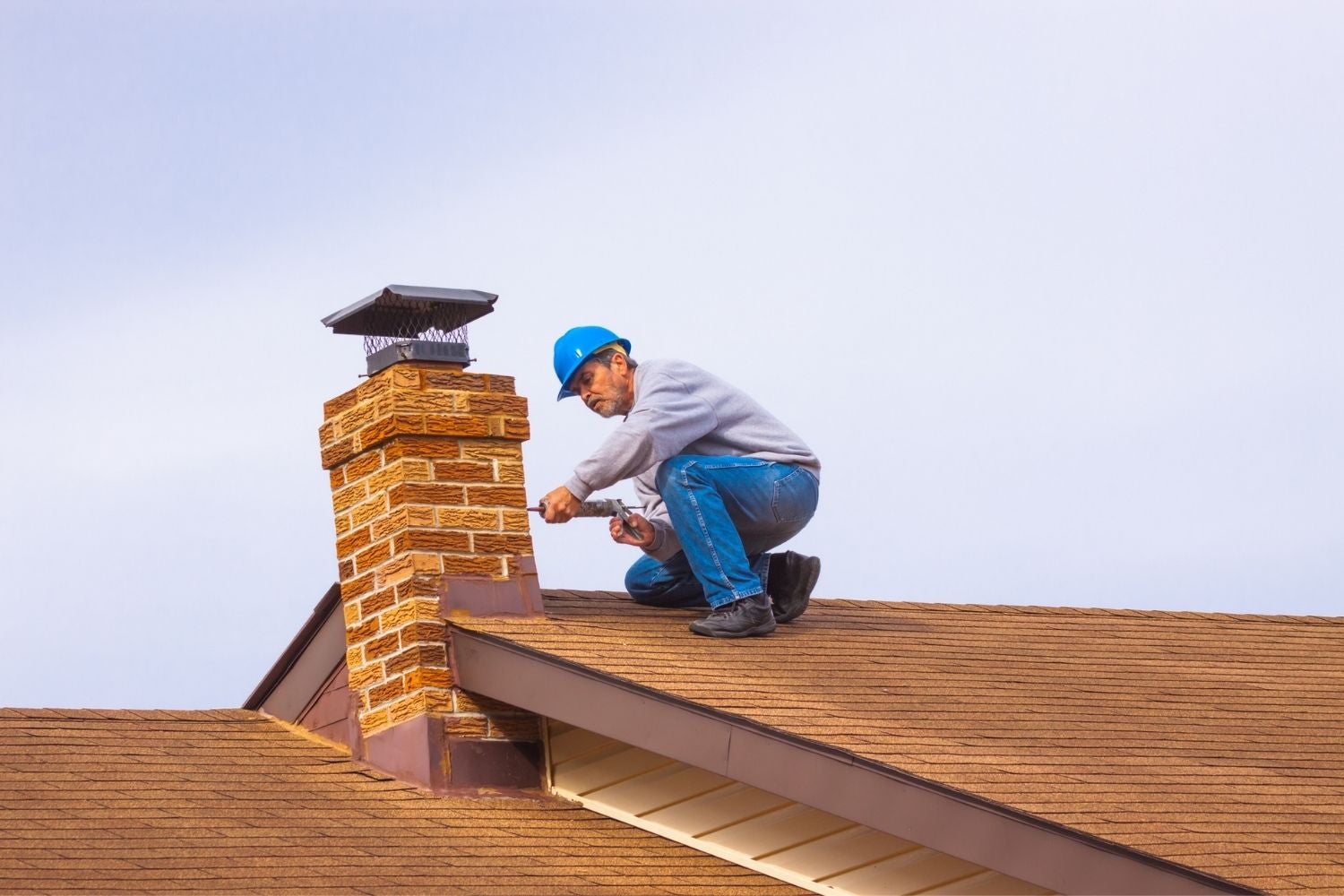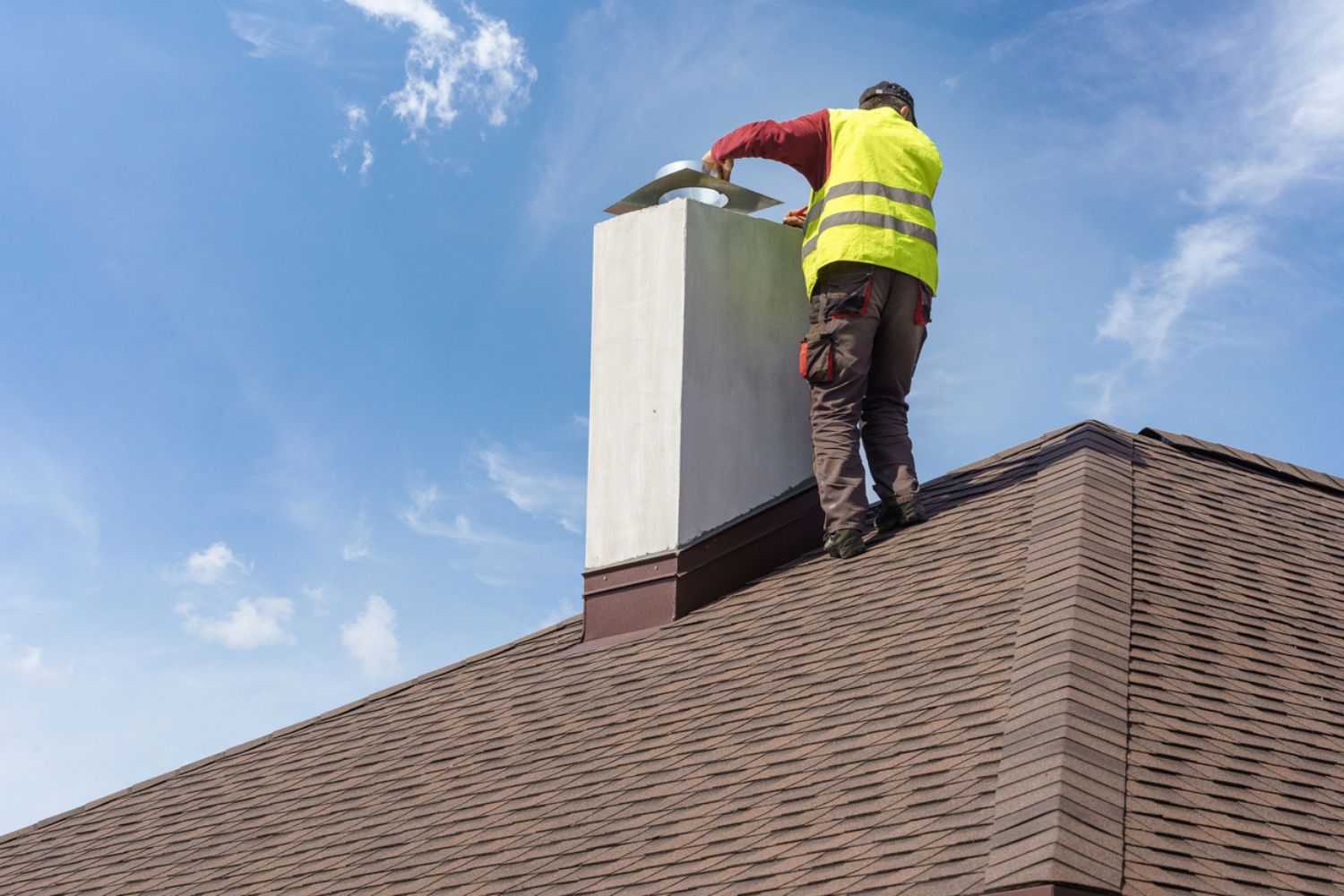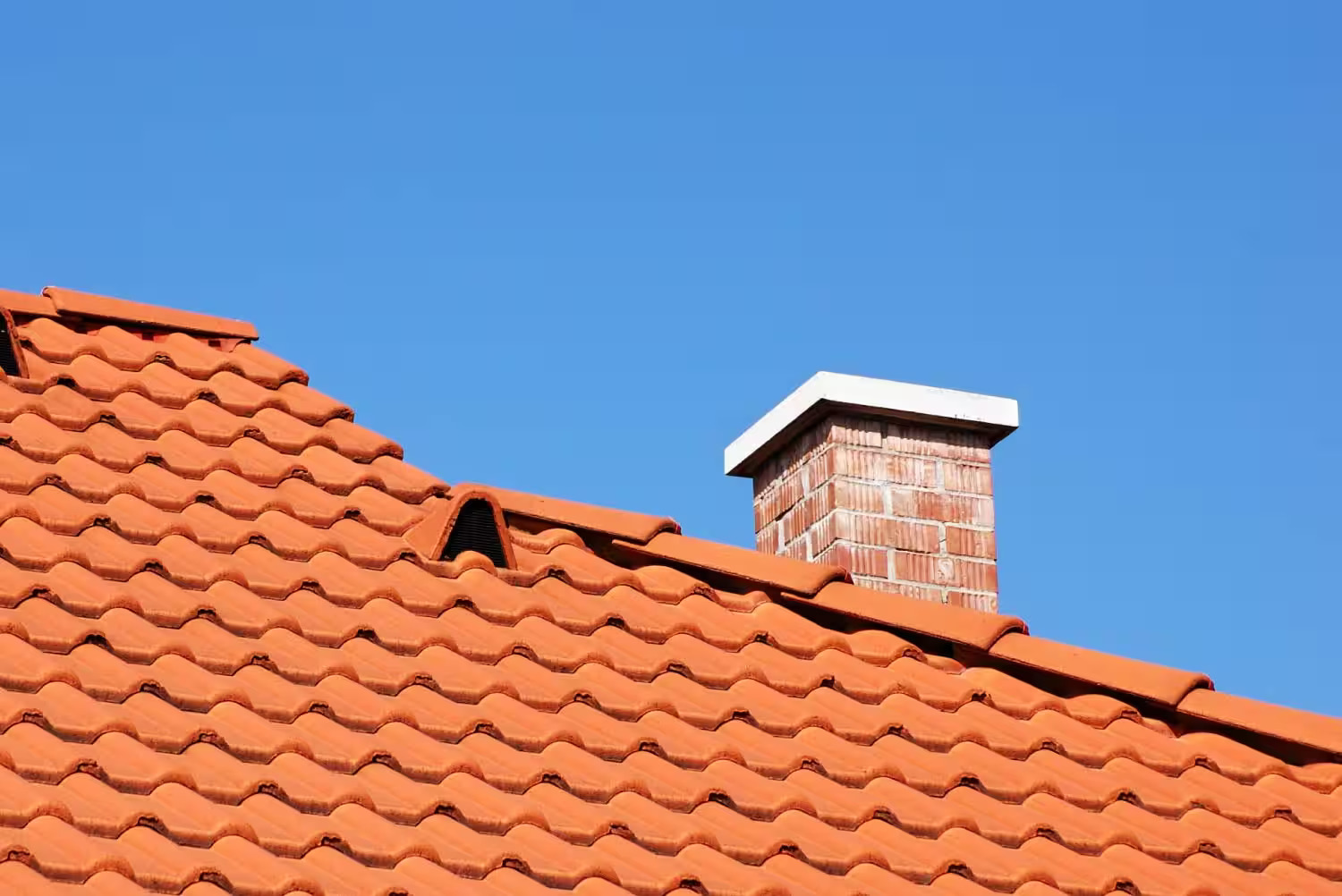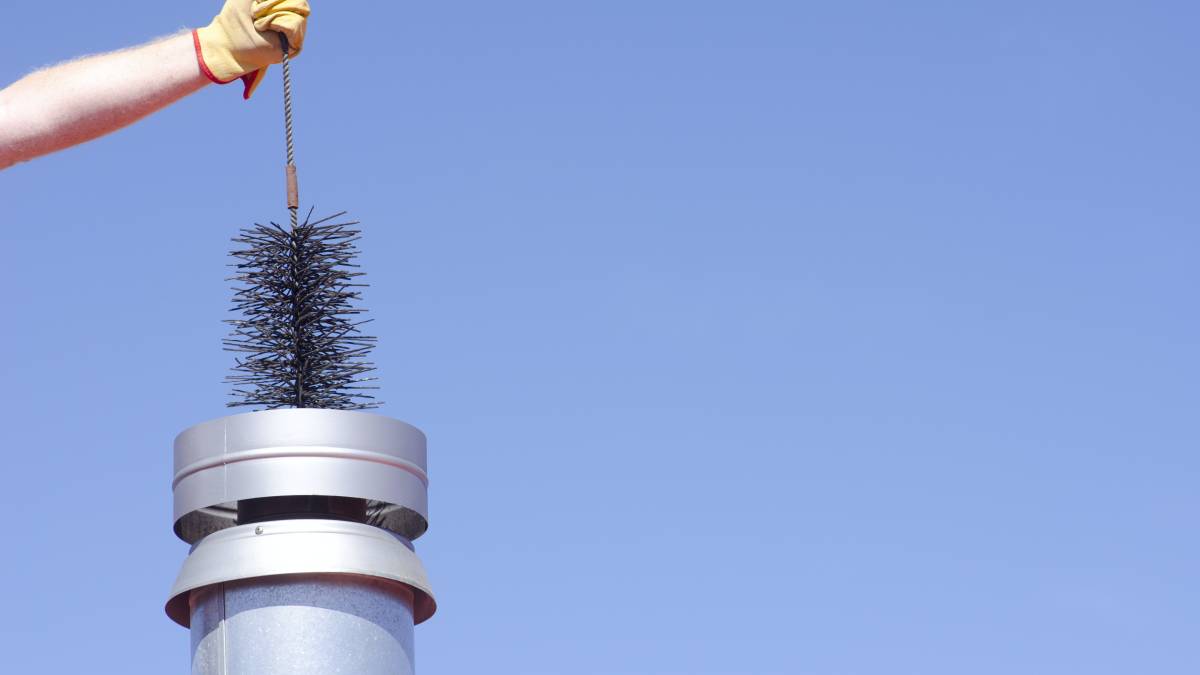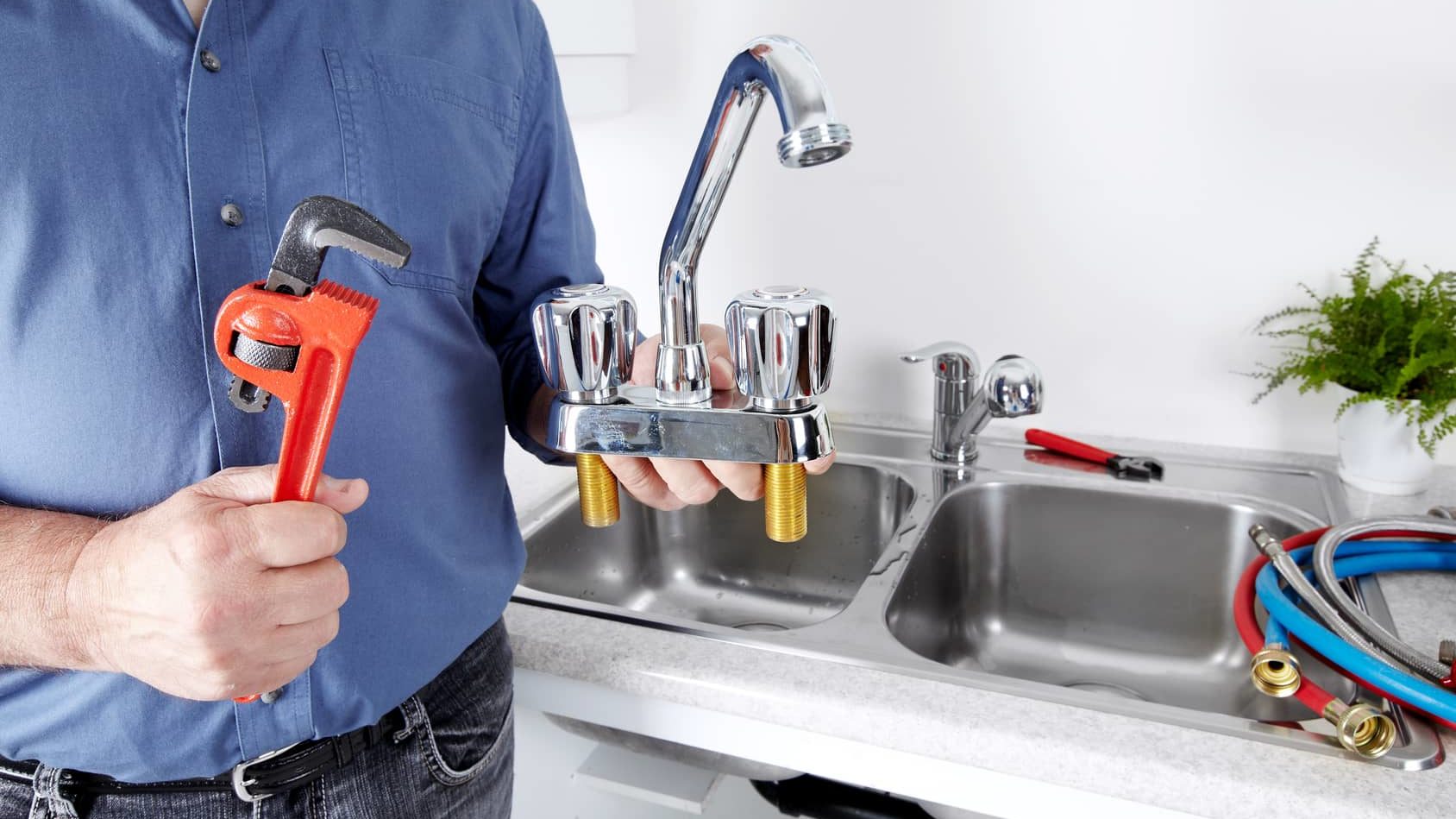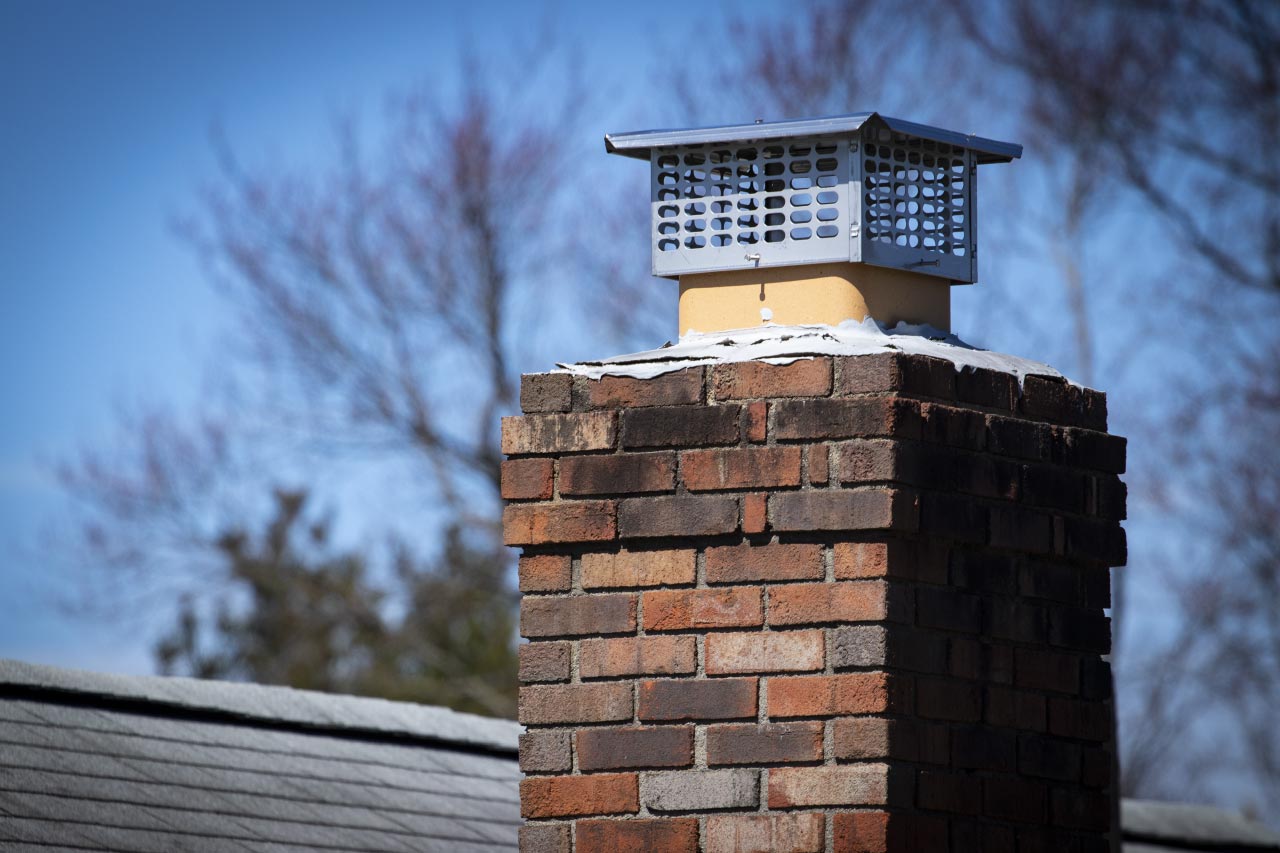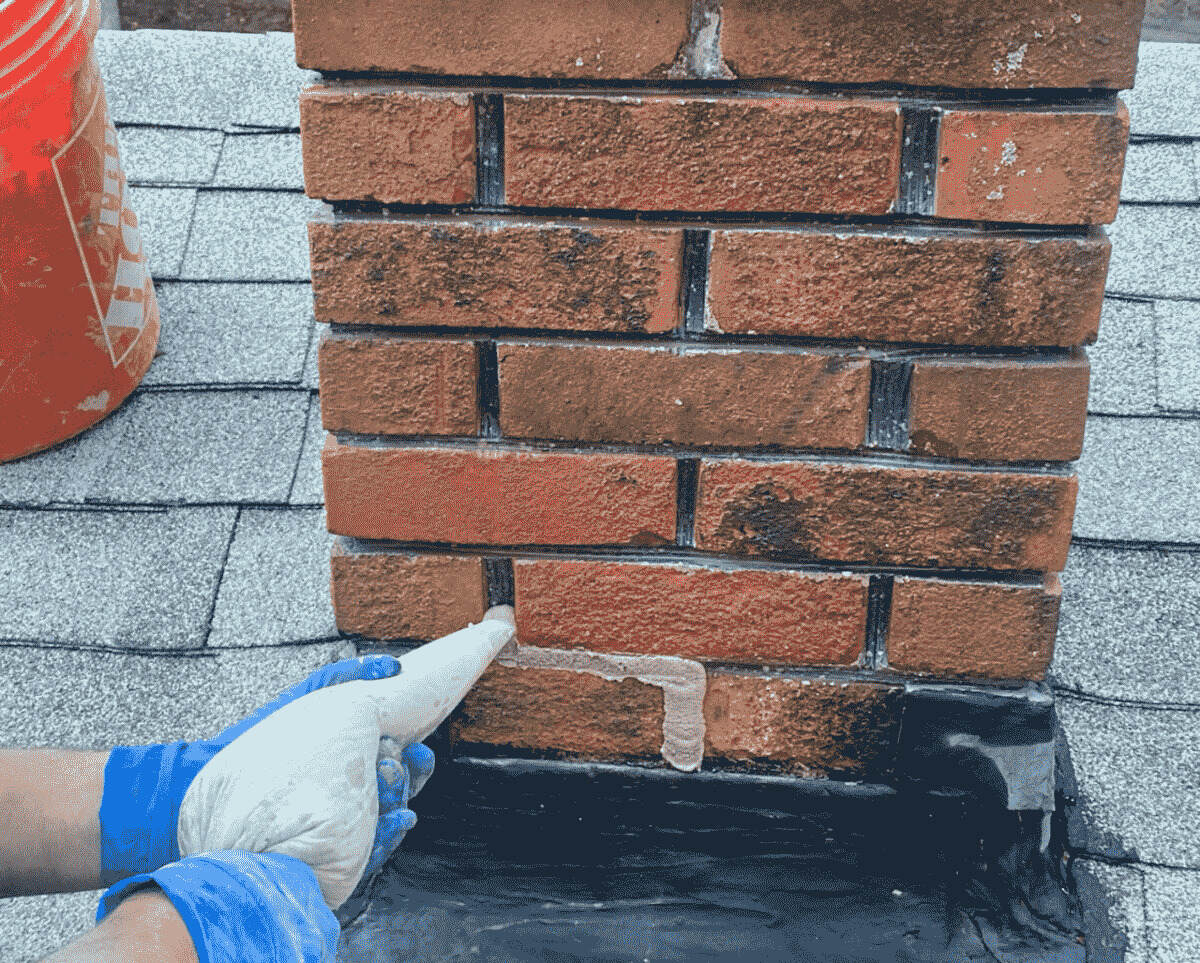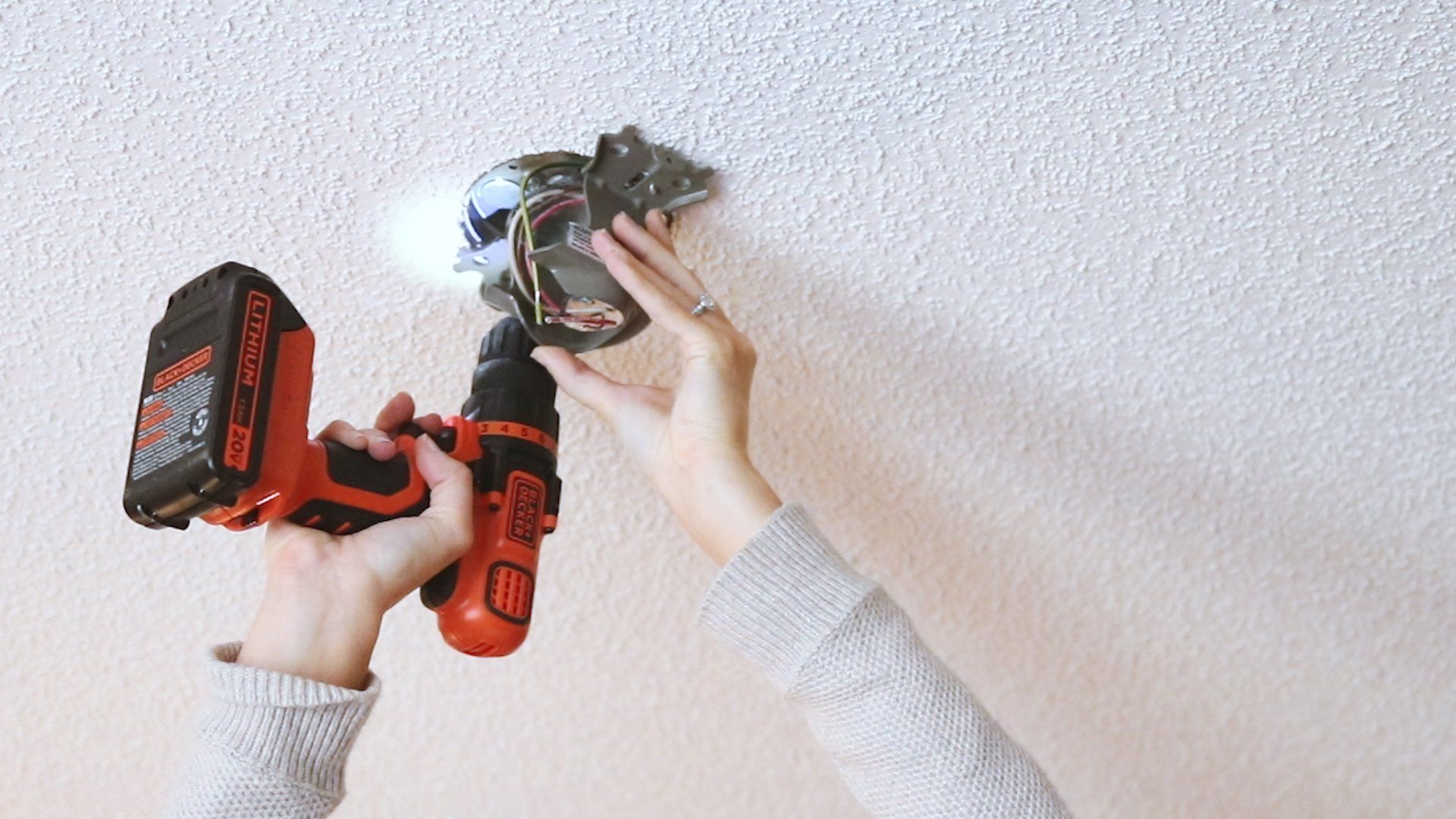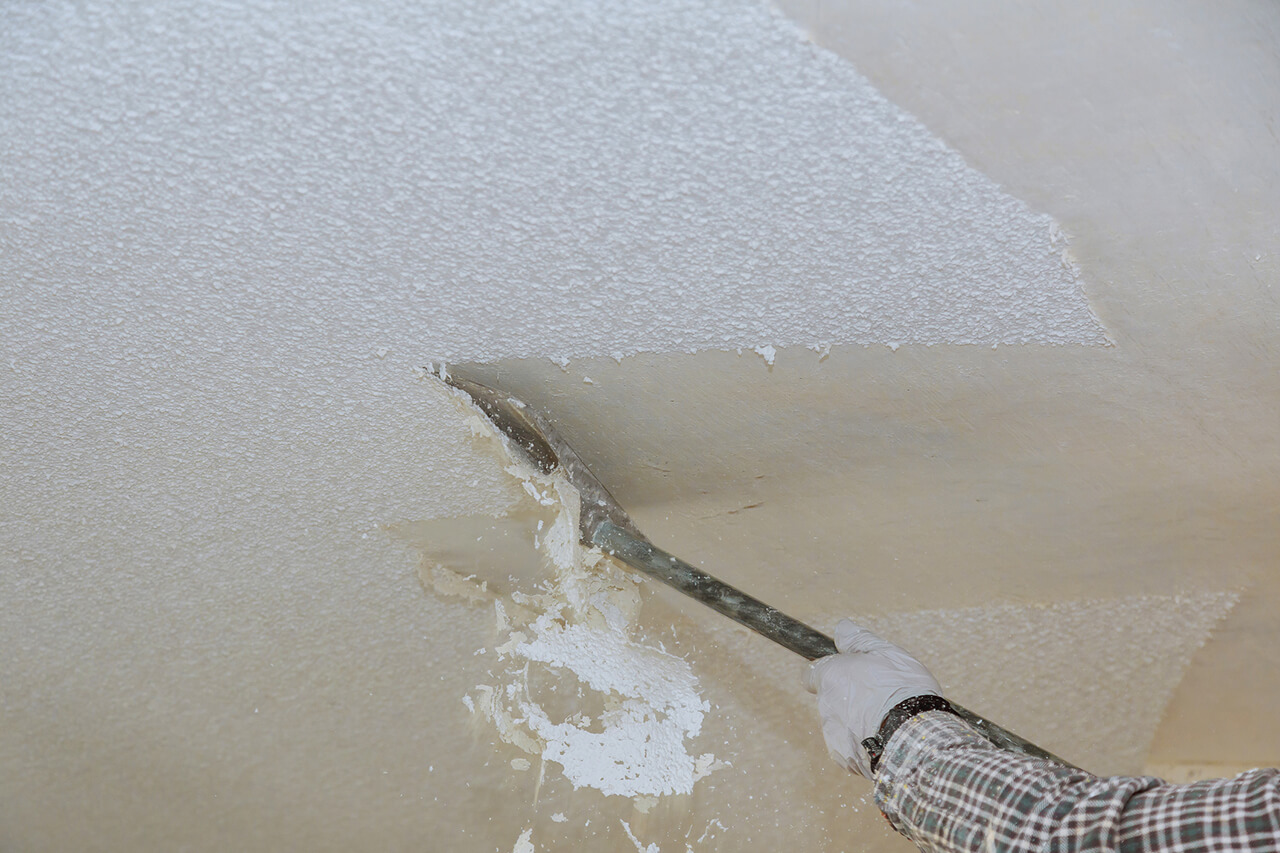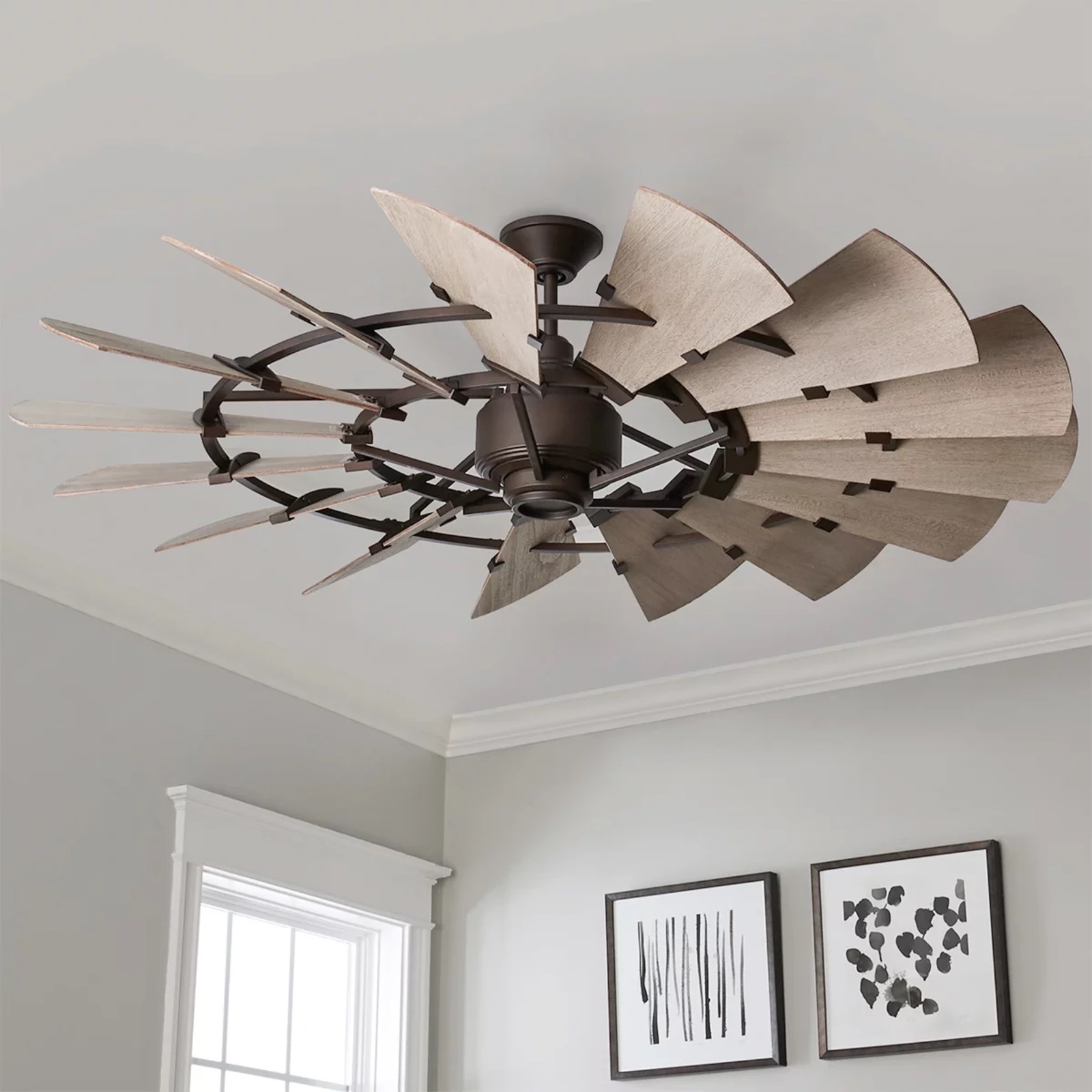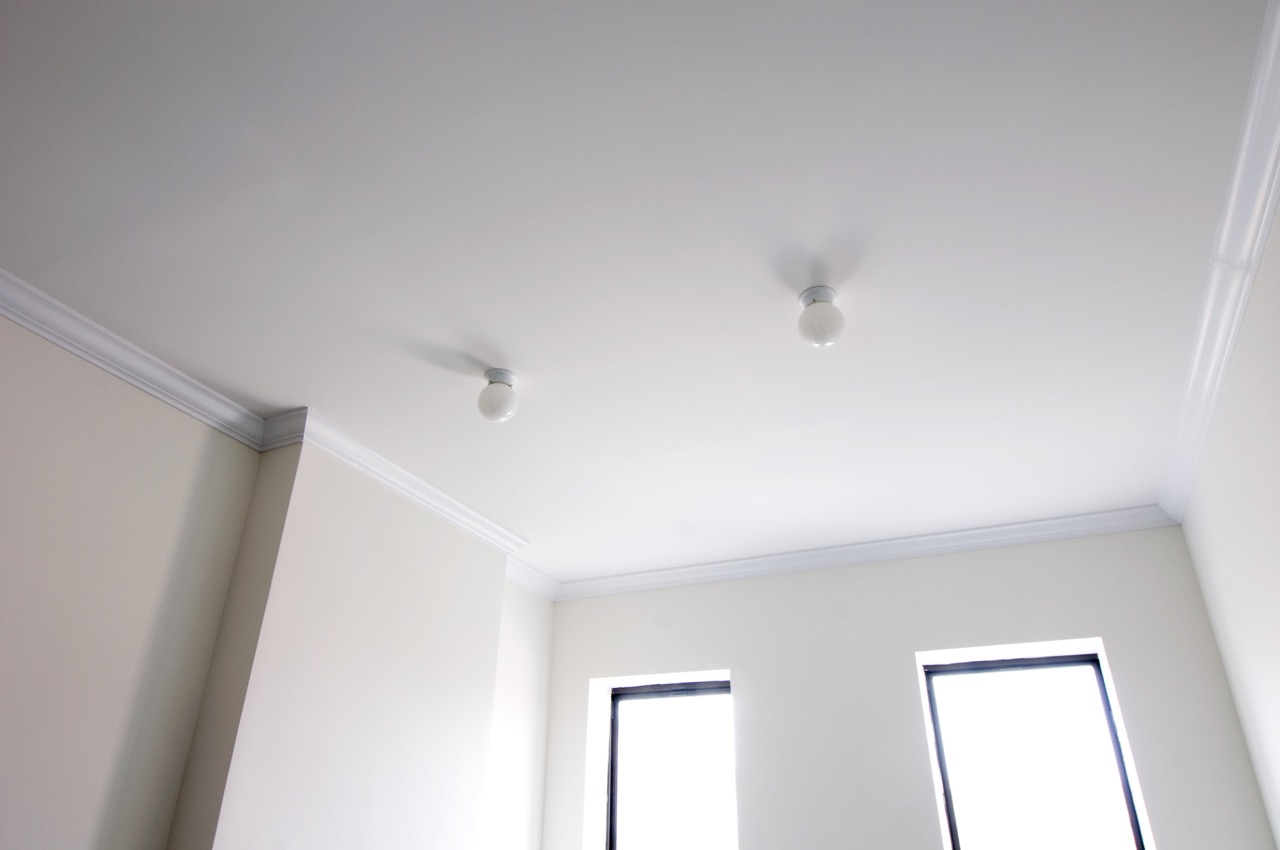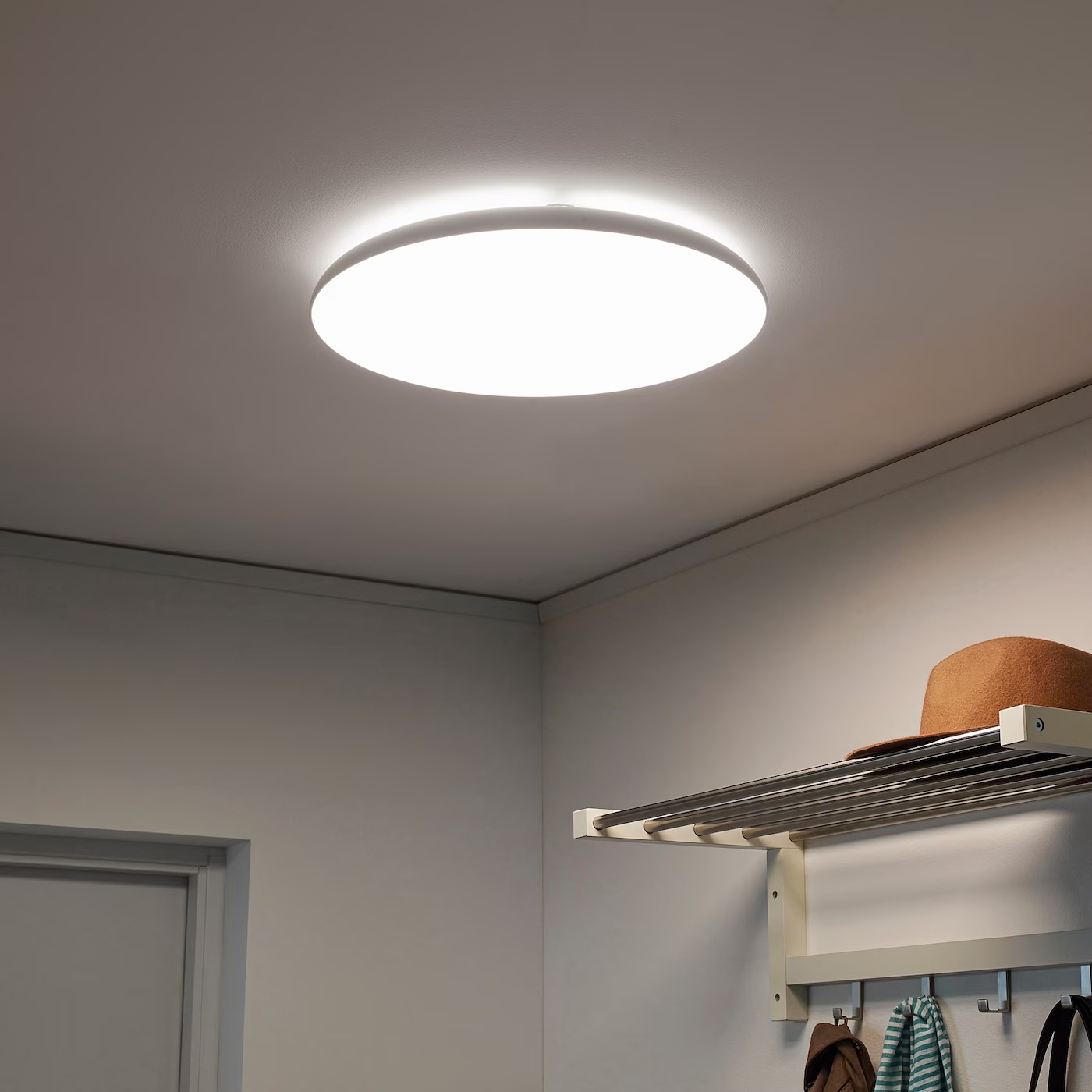Home>Home Maintenance>How Much Does Ceiling Repair Cost
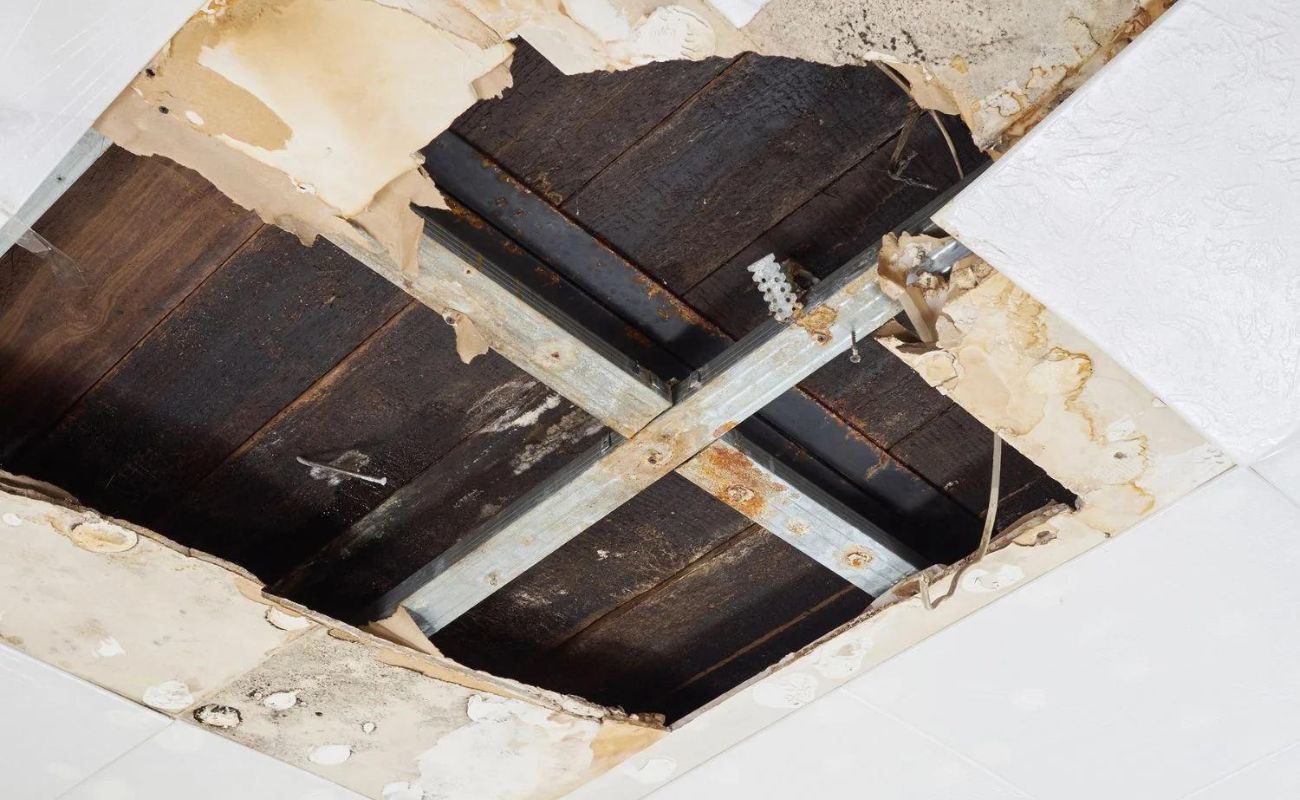

Home Maintenance
How Much Does Ceiling Repair Cost
Modified: March 6, 2024
Find out the cost of ceiling repair and home maintenance services. Expert tips and advice on repairing and maintaining ceilings.
(Many of the links in this article redirect to a specific reviewed product. Your purchase of these products through affiliate links helps to generate commission for Storables.com, at no extra cost. Learn more)
Introduction
Welcome to our comprehensive guide on the cost of ceiling repair. As a homeowner, it’s essential to keep your house in good condition, and that includes maintaining the integrity of your ceilings. Over time, ceilings can suffer from various types of damage, whether it’s cracks, water damage, sagging, or peeling paint.
Understanding the factors that affect the cost of ceiling repair and different repair methods can help you budget for these expenses effectively. In this article, we’ll discuss the common types of ceiling damage and break down the costs associated with each type of repair. Whether you’re a DIY enthusiast or plan on hiring a professional, this guide will provide you with valuable insights.
Before we dive into the specific repair costs, it’s important to note that ceiling damage can be caused by various factors. This includes natural wear and tear, moisture issues, structural problems, or even accidents. Identifying the root cause of the damage is crucial to properly addressing and preventing future issues.
Ceiling repair costs can vary greatly depending on factors such as the extent of the damage, the type of ceiling material, and your location. Keep in mind that the prices mentioned in this article are indicative and may vary based on your specific situation.
So, whether you’re dealing with a few cracks or major ceiling damage, let’s explore the cost of various repairs and find the best solution for your home maintenance needs.
Key Takeaways:
- Don’t underestimate the importance of maintaining your ceilings. From cracks to water damage, each repair comes with its own costs and considerations. DIY or professional, choose wisely for a safe and visually appealing home.
- Understanding the factors that affect ceiling repair costs is crucial. Whether it’s DIY or hiring a professional, weigh the pros and cons. Ensure a safe and comfortable home environment for your family.
Read more: How Much Does It Cost To Replace Ceiling
Factors Affecting the Cost of Ceiling Repair
Several factors come into play when determining the cost of ceiling repair. Understanding these factors can help you estimate the potential expenses and plan your budget accordingly. Here are some key factors that can affect the cost of ceiling repair:
- The extent of the damage: The severity and extent of the damage play a significant role in determining the cost of repair. Minor cracks or small areas of water damage may be less expensive to fix compared to extensive damage that requires extensive repairs or even ceiling replacement.
- Ceiling material: The type of material used for your ceiling can also impact the cost of repair. Different materials require different repair techniques and materials, which can vary in price. For example, repairing a drywall ceiling may be less expensive compared to repairing a plaster ceiling.
- Accessibility: The accessibility of the damaged area can affect the cost of repair. If the damaged section is easily reachable, it may be more straightforward and less time-consuming to fix, resulting in lower labor costs. On the other hand, if the damaged section is high up or in an awkward location, additional effort and equipment may be required, increasing the overall cost.
- Additional repairs or services: Sometimes, ceiling damage may be a symptom of a larger underlying issue. For example, water damage may indicate a leak or plumbing problem that needs to be addressed. In such cases, additional repairs or services may be necessary, adding to the overall cost.
- Location: The cost of ceiling repair can also vary depending on your geographical location. Labor and material costs can differ from one region to another, so it’s important to take this into account when estimating the overall expenses.
It’s important to remember that these factors are not mutually exclusive, and multiple factors may influence the final cost of ceiling repair. It’s always a good idea to consult with a professional to get an accurate assessment and estimate for your specific case.
Now that we’ve covered the factors that can affect the cost of ceiling repair, let’s explore the common types of ceiling damage and the costs associated with repairing them.
Common Types of Ceiling Damage
Ceiling damage can occur due to a variety of reasons, ranging from natural wear and tear to accidents or underlying structural issues. Understanding the different types of ceiling damage can help you identify the problem and choose the appropriate repair method. Here are some common types of ceiling damage:
- Cracks: Cracks are a frequent issue with ceilings and can occur due to settling, temperature fluctuations, or structural movement. They can range from small hairline cracks to larger, more extensive cracks. Cracks not only affect the appearance of your ceiling but also have the potential to worsen over time if left untreated.
- Water Damage: Water damage on the ceiling is often caused by leaks from plumbing issues, roof leaks, or condensation buildup. It can manifest as stains, discoloration, or even sagging and bulging ceiling areas. Water damage should be addressed promptly to prevent further structural damage and the growth of mold and mildew.
- Sagging or Drooping Ceilings: Sagging or drooping ceilings are signs of significant structural damage, water intrusion, or improper installation. This type of damage requires immediate attention as it can be a safety concern. Neglecting sagging ceilings may result in a ceiling collapse.
- Popcorn or Textured Ceilings: Popcorn or textured ceilings were popular in the past but are now considered outdated. Over time, these ceilings can suffer from cracks, chips, or the desire to update to a smoother surface. Repairing and removing popcorn or textured ceilings involves specific techniques and may require professional assistance.
- Holes or Punctures: Holes or punctures in the ceiling can result from accidents, installation mishaps, or damage from rodents or pests. These openings not only affect the visual appeal of the ceiling but may also allow for the entry of insects or rodents into your home.
- Peeling or Flaking Paint: Peeling or flaking paint on the ceiling can occur due to moisture issues, poor ventilation, or poorly applied paint. In addition to being unsightly, peeling paint can indicate underlying problems with the surface or paint quality.
While the presence of these types of ceiling damage can be concerning, rest assured that most of them can be repaired effectively. In the following sections, we’ll discuss the specific costs associated with repairing each type of ceiling damage.
Cost of Repairing Cracks in the Ceiling
Cracks in the ceiling are a common issue that many homeowners face. They can occur due to various factors such as settling, temperature fluctuations, or structural movement. Repairing cracks not only improves the appearance of your ceiling but also prevents further damage and potential safety hazards. Here’s an overview of the costs associated with repairing cracks in the ceiling:
The cost of repairing cracks in the ceiling can vary depending on the severity and extent of the cracks. Minor hairline cracks can often be repaired as a DIY project with the use of joint compound and sanding tools. The materials required for this type of repair are relatively affordable, with prices ranging from $5 to $20, depending on the quantity needed.
However, for more extensive cracks or if you’re not comfortable with DIY repairs, hiring a professional may be a better option. The cost of professional ceiling crack repair typically ranges from $200 to $500, depending on the size of the area, accessibility, and location. Keep in mind that these prices are estimates and can vary based on your specific circumstances and the rates charged by professionals in your area.
When hiring a professional, they will assess the cracks and determine the best approach for repair. This may involve techniques such as filling the cracks with joint compound, applying mesh tape, and sanding the area to achieve a smooth, seamless finish. The professionals will also ensure that the repair matches the texture and paint of the surrounding ceiling, providing a cohesive look.
In some cases, where the cracks are severe or indicative of a more significant underlying issue, additional repairs may be necessary. This can include addressing structural problems, reinforcing the ceiling, or investigating and resolving the cause of the cracking. These additional repairs can increase the overall cost, as they require more time, expertise, and potentially specialized materials.
It’s important to mention that the cost estimates provided here are general guidelines. Factors such as the size of the affected area, the complexity of the repairs, and the rates charged by professionals in your area can all affect the final cost. It’s recommended to consult with multiple professionals to get accurate quotes and compare them before making a decision.
Now that we’ve covered the cost of repairing cracks in the ceiling, let’s move on to the next common type of ceiling damage: water damage.
Cost of Repairing Water Damage on the Ceiling
Water damage on the ceiling is a common issue that can result from leaks, plumbing issues, or moisture buildup. It not only affects the appearance of your ceiling but can also lead to further structural damage and the growth of mold and mildew. Repairing water damage on the ceiling is crucial to prevent these issues and restore the integrity of your home. Here’s an overview of the costs associated with repairing water damage on the ceiling:
The cost of repairing water damage on the ceiling can vary depending on the extent of the damage and the underlying cause. Minor water stains or discoloration can often be treated with a simple coat of paint, which can cost anywhere from $20 to $50, depending on the size of the affected area and the quality of paint used.
However, more severe water damage that has led to sagging or bulging areas may require more extensive repairs. In such cases, it’s recommended to hire a professional to assess the damage and provide an accurate quote. The cost of professional water damage repair on the ceiling can range from $300 to $1,000 or more, depending on factors such as the size of the affected area, accessibility, and the necessary repairs.
When hiring a professional, they will first address the source of the water damage to prevent any ongoing leaks or moisture issues. They may need to fix plumbing problems, repair roof leaks, or improve ventilation in the affected area. Once the source is resolved, the professionals will assess the damage to the ceiling and determine the appropriate repair method.
In some cases, minor repairs such as patching and painting may be sufficient to restore the ceiling’s appearance and structural integrity. However, more severe damage may require replacing sections of the ceiling or even the entire ceiling, especially if there is a risk of collapse. These additional repairs can significantly increase the overall cost, as they involve more labor, materials, and potentially structural assessments.
It’s essential to address water damage on the ceiling as soon as possible to prevent further deterioration and the growth of mold and mildew, which can be harmful to your health. It’s recommended to consult with a professional if you notice any signs of water damage on your ceiling to assess the extent of the damage and receive appropriate recommendations for repair.
Now let’s move on to the next common type of ceiling damage: sagging or drooping ceilings.
Read more: How Much Does It Cost To Texture A Ceiling
Cost of Repairing Sagging or Drooping Ceilings
Sagging or drooping ceilings are a serious issue that should be addressed promptly as they can indicate significant structural damage or water intrusion. If left untreated, there is a risk of ceiling collapse, posing a danger to you and your family. Repairing sagging or drooping ceilings requires professional expertise to ensure the integrity and safety of your home. Here’s an overview of the costs associated with repairing sagging or drooping ceilings:
The cost of repairing sagging or drooping ceilings can vary significantly depending on the cause of the issue, the extent of the damage, and the accessibility of the affected area. As this type of repair involves complex structural work, it is strongly recommended to hire a professional contractor or a specialized ceiling repair company to assess the damage and provide an accurate quote.
The cost for repairing sagging or drooping ceilings can range from $500 to $3,000 or more, depending on the scope of the repair. Factors that can impact the cost include the size of the affected area, the complexity of the repairs required, and the types of materials needed.
The repair process for sagging or drooping ceilings often involves reinforcing the affected area with additional support, such as joist bracing or ceiling beams. The professionals will first identify the cause of the sagging, whether it’s structural issues, water damage, or improper construction. They will then develop a plan to address the root cause and restore the ceiling’s stability.
In some cases, the repair may also include removing and replacing damaged sections of the ceiling. This can increase the overall cost as it involves additional labor and materials. The professionals will ensure that the repair matches the surrounding ceiling, both in terms of aesthetics and structural integrity.
It’s important to note that the cost estimates provided here are rough guidelines and can vary depending on your specific situation and the rates charged by professionals in your area. Additionally, it’s crucial to address sagging or drooping ceilings as soon as possible to prevent further damage and ensure the safety of your home.
Now that we’ve covered the cost of repairing sagging or drooping ceilings, let’s move on to the next common type of ceiling damage: popcorn or textured ceilings.
Get multiple quotes from different contractors to compare prices for ceiling repair. Consider the extent of damage, materials needed, and labor costs when making your decision.
Cost of Repairing Popcorn or Textured Ceilings
Popcorn or textured ceilings were popular in the past but have fallen out of favor in modern home design. If you have a popcorn or textured ceiling that you want to update or repair, there are specific costs involved. In this section, we’ll explore the costs associated with repairing popcorn or textured ceilings:
Removing or repairing popcorn or textured ceilings can be a challenging task that requires specialized techniques and tools. If you plan to remove the texture yourself, the cost will primarily be the price of the necessary supplies, including plastic sheets to protect your furniture and floors, a ladder, and sprayers or scraping tools. The estimated cost of materials for a DIY popcorn ceiling removal project can range from $50 to $200.
However, removing popcorn or textured ceilings can be a messy and time-consuming process. It may also require skilled scraping techniques or the use of chemical solutions to soften the texture. If you’re not confident in your DIY abilities or prefer to avoid the hassle, hiring a professional is a recommended option.
When hiring a professional, the cost will depend on various factors, including the size of the area, the complexity of the texture, and your location. On average, professional popcorn ceiling removal can cost between $1 to $3 per square foot. This cost usually includes the labor, materials, and disposal of the removed texture.
After the popcorn or textured ceiling is removed, you may opt to leave it smooth or replace it with a different type of texture or finish. Smoothing the ceiling involves applying joint compound, sanding, and possibly applying a new coat of paint. The cost of smoothing or finishing the ceiling will depend on the size of the area, the materials used, and whether you hire a professional for the job.
It’s worth mentioning that some popcorn or textured ceilings may contain asbestos, especially in older homes built before the 1980s. If your ceiling contains asbestos, it is essential to hire a professional abatement contractor who specializes in asbestos removal. The cost of asbestos popcorn ceiling removal can be significantly higher due to the extra precautions and safety measures required.
It’s recommended to consult with professionals who have experience in removing and repairing popcorn or textured ceilings to get accurate quotes for your specific situation. They can assess the condition of your ceiling, provide advice on the best course of action, and provide an estimate for the associated costs.
Now that we’ve covered the cost of repairing popcorn or textured ceilings, let’s move on to the next common type of ceiling damage: holes or punctures.
Cost of Repairing Ceiling Holes or Punctures
Ceiling holes or punctures can occur due to accidents, installation mishaps, or damage caused by rodents or pests. Repairing these holes is necessary not only for the aesthetic appeal of your ceiling but also to prevent further damage and potential entry points for insects or rodents. Here’s an overview of the costs associated with repairing ceiling holes or punctures:
The cost of repairing ceiling holes or punctures can vary depending on the size and severity of the damage. Smaller holes, such as those caused by nails or small objects, can often be repaired as a DIY project with the use of spackling compound or drywall patching kits. These materials are generally affordable, with prices ranging from $5 to $20, depending on the quantity needed.
For larger holes or punctures, especially those exceeding a few inches in diameter, it’s recommended to hire a professional to ensure a proper repair. The cost of professional ceiling hole repair can range from $100 to $500 or more, depending on the size of the hole, the accessibility of the area, and the necessary repairs.
When hiring a professional, they will assess the size and condition of the hole and determine the most appropriate repair technique. This may involve cutting out the damaged section and replacing it with a new piece of drywall or repairing it with patching materials. The professionals will also ensure a seamless blend with the surrounding ceiling texture and paint, resulting in a smooth and visually appealing finish.
In some cases, additional repairs may be necessary, particularly if the hole resulted from an underlying issue such as plumbing leaks or pest infestation. Addressing these root causes may require additional services, such as fixing plumbing pipes or sealing entry points for pests. These additional repairs can increase the overall cost, depending on the extent of the work involved.
It’s important to note that the cost estimates provided here are general guidelines and can vary based on your specific circumstances, the rates charged by professionals in your area, and the complexity of the repairs required. It’s recommended to consult with multiple professionals to get accurate quotes and compare them before making a decision.
Now that we’ve covered the cost of repairing ceiling holes or punctures, let’s move on to another common type of ceiling damage: peeling or flaking paint.
Cost of Repairing Peeling or Flaking Paint on the Ceiling
Peeling or flaking paint on the ceiling can be a frustrating issue that affects the appearance of your home. Several factors can contribute to this problem, including moisture issues, poor ventilation, or improperly applied paint. Repairing peeling or flaking paint on the ceiling is necessary to restore its visual appeal and protect the underlying surface. Here’s an overview of the costs associated with repairing peeling or flaking paint:
The cost of repairing peeling or flaking paint on the ceiling can vary depending on the size of the affected area and the extent of the damage. For smaller areas with minor peeling, you may be able to tackle the repair yourself as a DIY project. This involves scraping off the loose paint, sanding the surface, and applying a new coat of paint. The cost of materials for a DIY paint repair project can range from $20 to $100, depending on the paint quality and the size of the area.
However, if the peeling or flaking paint covers a larger area or if you prefer to have professionals handle the repair, hiring a painter or a professional contractor is a recommended option. The cost of professional paint repair on the ceiling can range from $200 to $1,000 or more, depending on factors such as the size of the area, the complexity of the repair, and the quality of the materials used.
When hiring a professional, they will assess the condition of the ceiling and determine the best approach for repairing the peeling or flaking paint. This may involve scraping off the loose paint, sanding the surface to create a smooth texture, and applying a new coat of paint. The professionals will also ensure that the repaired area matches the surrounding ceiling in terms of color and texture, providing a seamless and visually appealing finish.
In cases where the peeling or flaking paint is extensive or if there are underlying moisture or ventilation issues, additional repairs may be necessary. These can include addressing the root causes, such as fixing leaks or improving ventilation in the area. The cost of these additional repairs will depend on the specific issues and the extent of the work required.
It’s important to note that the cost estimates provided here are general guidelines and can vary based on your specific circumstances, the rates charged by professionals in your area, and the complexity of the repairs required. It’s recommended to consult with multiple professionals to get accurate quotes and compare them before making a decision.
Now that we’ve covered the cost of repairing peeling or flaking paint on the ceiling, let’s move on to the next section, which explores the cost of hiring a professional for ceiling repair.
Read more: How Much Does A Drop Ceiling Cost
Cost of Hiring a Professional for Ceiling Repair
When it comes to ceiling repair, sometimes it’s best to leave the job to the professionals. Hiring a professional for ceiling repair ensures that the task is handled with expertise and precision, resulting in a high-quality outcome. However, it’s important to consider the cost involved in hiring a professional. Here’s an overview of the costs associated with hiring a professional for ceiling repair:
The cost of hiring a professional for ceiling repair can vary depending on factors such as the type and extent of the damage, the size of the area that needs repair, and the rates charged by professionals in your area. Generally, professional ceiling repair services charge an hourly rate or a flat fee for their services.
Hourly rates of ceiling repair professionals typically range from $50 to $100 per hour. The actual cost will depend on the complexity of the repairs and the expertise of the professional. Keep in mind that projects that involve more extensive damage, such as sagging ceilings or water damage, may require additional labor hours and materials, leading to higher costs.
For smaller repairs, professionals may offer a flat fee per job instead of an hourly rate. This can range from $200 to $1,000 or more, depending on the scope of the repair and the specific requirements of the project.
It’s worth noting that certain ceiling repair specialists may have their preferred pricing structures. Some professionals may provide free consultations or estimates, while others may charge a nominal fee for the initial assessment.
When hiring a professional for ceiling repair, it is essential to choose a reputable and experienced contractor or company. Look for professionals who are licensed, insured, and have positive reviews or recommendations from previous clients. Request multiple quotes and compare them to ensure that you’re getting a fair price for the services provided.
The cost of hiring a professional for ceiling repair includes not only the labor and expertise but also the materials and equipment required for the job. Professionals often have direct access to high-quality materials, which can contribute to a superior and longer-lasting repair.
Additionally, hiring a professional eliminates the need for you to invest time, effort, and potentially specialized knowledge in completing the repair yourself. Professionals have the necessary skills, tools, and experience to handle a wide range of ceiling repair issues efficiently and effectively.
While the cost of hiring a professional may be higher than DIY options, it offers peace of mind and a guarantee of quality workmanship. Ultimately, the decision to hire a professional for ceiling repair will depend on your budget, the complexity of the repairs, and your personal preferences.
Now that we’ve explored the cost of hiring a professional for ceiling repair, let’s compare the cost-effectiveness of DIY repairs versus hiring a professional.
DIY vs. Hiring a Professional: Which is More Cost-Effective?
When it comes to ceiling repair, you might find yourself debating whether to tackle the project yourself or hire a professional. Both options come with their own advantages and considerations, including cost-effectiveness. Here’s a comparison of DIY repairs versus hiring a professional to help you determine which option is more cost-effective:
DIY (Do-It-Yourself) repairs can be cost-effective, especially for smaller and more straightforward repairs such as small cracks or minor paint touch-ups. DIY ceiling repair allows you to save on labor costs since you’ll be performing the work yourself. Additionally, you have control over the materials used and can often find more affordable options at local hardware stores. DIY repairs give you the freedom to work at your own pace and according to your schedule.
However, before embarking on a DIY ceiling repair, it’s important to consider your own skills, experience, and the complexity of the repair needed. Making mistakes or improper repairs can potentially lead to additional damage and higher costs down the line. If you’re not confident in your abilities or if the repair involves significant structural issues or hazards like asbestos, it’s best to leave it to the professionals.
Hiring a professional for ceiling repair offers the benefit of expertise and experience. Professionals have the necessary skills and knowledge to diagnose the problem correctly, recommend the most effective repair methods, and ensure a high-quality outcome. They also have access to specialized tools, materials, and techniques that can result in a more durable and long-lasting repair.
While hiring a professional comes with labor costs, it can be more cost-effective in the long run, especially for more extensive ceiling damage. Professionals can address underlying issues, preventing potential future damage and the need for additional repairs. Their services also typically come with warranties or guarantees, providing added protection and value for your investment.
When determining which option is more cost-effective, it’s important to consider factors such as the complexity of the repair, your personal skill level, the availability of tools and materials, and the potential risks involved. Smaller, simple repairs may be well-suited for a DIY approach, saving you money. However, larger or more complex repairs may require professional assistance to ensure a safe and effective outcome.
Additionally, it’s worth noting that some insurance policies may cover the cost of professional repairs for certain types of damage, such as water damage. It’s advisable to review your insurance policy or consult with your insurance provider to check if your repairs are eligible for coverage.
Ultimately, the decision between DIY repairs and hiring a professional depends on your comfort level, the extent of the damage, and your budget. It’s recommended to assess the situation carefully and, if needed, consult with professionals for expert advice and cost estimates. By weighing the pros and cons, you can make an informed decision that aligns with your specific needs and circumstances.
Now that we’ve compared DIY repairs versus hiring a professional, let’s conclude our comprehensive guide on the cost of ceiling repair.
Conclusion
Ceiling repair is a crucial aspect of home maintenance that ensures the integrity and aesthetic appeal of your living space. Throughout this comprehensive guide, we have explored various types of ceiling damage and the costs associated with their repairs.
Understanding the factors that affect the cost of ceiling repair is essential in planning your budget and making informed decisions. Factors such as the extent of the damage, the type of ceiling material, accessibility, additional repairs or services required, and your geographical location can all impact the overall cost.
From cracks to water damage, sagging ceilings to popcorn or textured ceilings, and holes to peeling or flaking paint, each type of ceiling damage necessitates specific repair methods and costs.
When it comes to repairing ceiling damage, there are two options to consider: DIY repairs or hiring a professional. DIY repairs can be cost-effective for smaller, simpler projects, but it’s crucial to assess your own skills, experience, and the complexity of the repair. Hiring a professional offers expertise, quality workmanship, and the potential for long-term cost savings by addressing underlying issues and preventing future damage.
Ultimately, the choice between DIY repairs and hiring a professional depends on your comfort level, the extent of the damage, and your budget. It’s recommended to consult with professionals, compare quotes, and evaluate the risks and benefits before making a decision.
Remember, the cost estimates provided in this guide are general guidelines and can vary based on your specific circumstances and the rates charged by professionals in your area. Obtaining multiple quotes and conducting thorough research will give you a clearer understanding of the costs involved in your specific ceiling repair project.
By taking the necessary steps to repair and maintain your ceilings, you can ensure a safe, visually appealing, and comfortable home environment for you and your family. Regular inspections, prompt repairs, and hiring professionals when needed can contribute to the longevity and value of your property.
We hope that this comprehensive guide has equipped you with valuable insights into the cost of ceiling repair and empowered you to make informed decisions for your home maintenance needs.
Frequently Asked Questions about How Much Does Ceiling Repair Cost
Was this page helpful?
At Storables.com, we guarantee accurate and reliable information. Our content, validated by Expert Board Contributors, is crafted following stringent Editorial Policies. We're committed to providing you with well-researched, expert-backed insights for all your informational needs.
